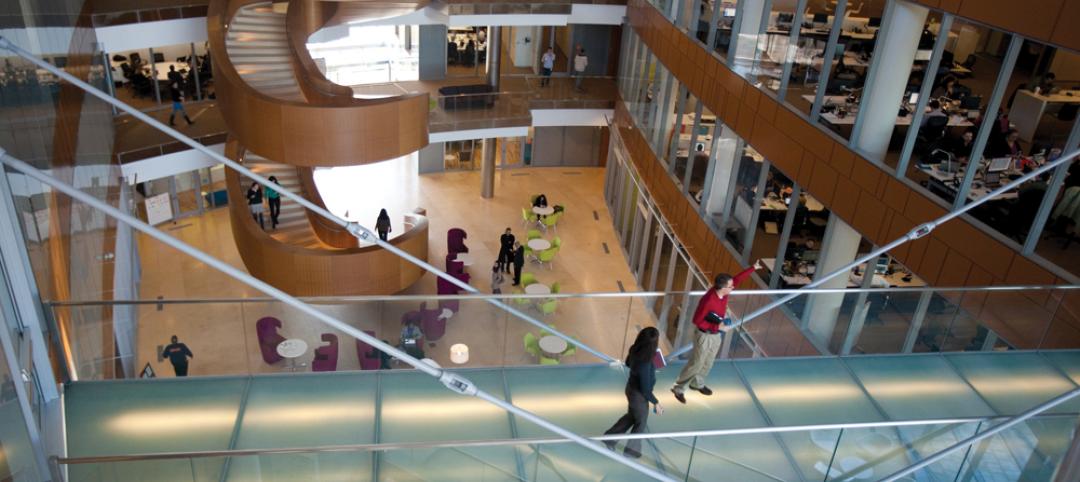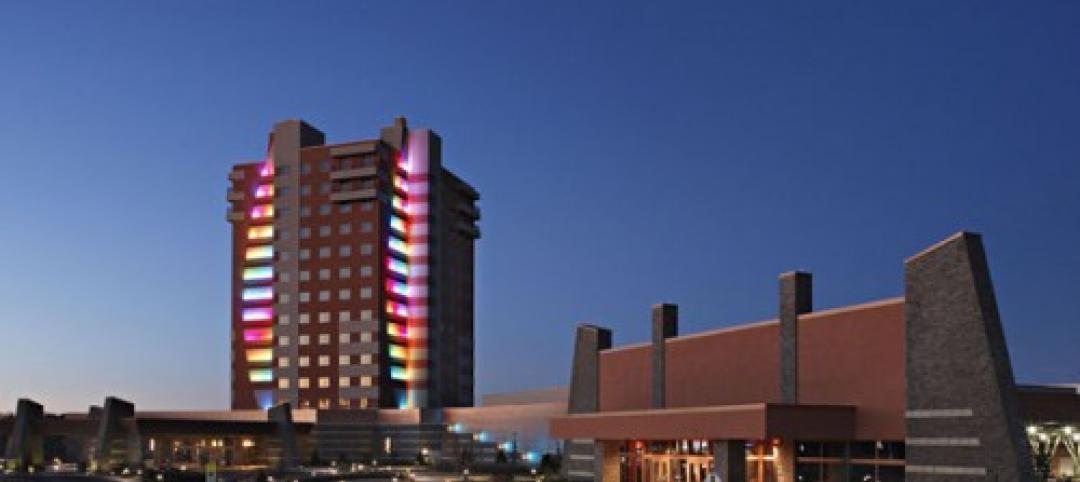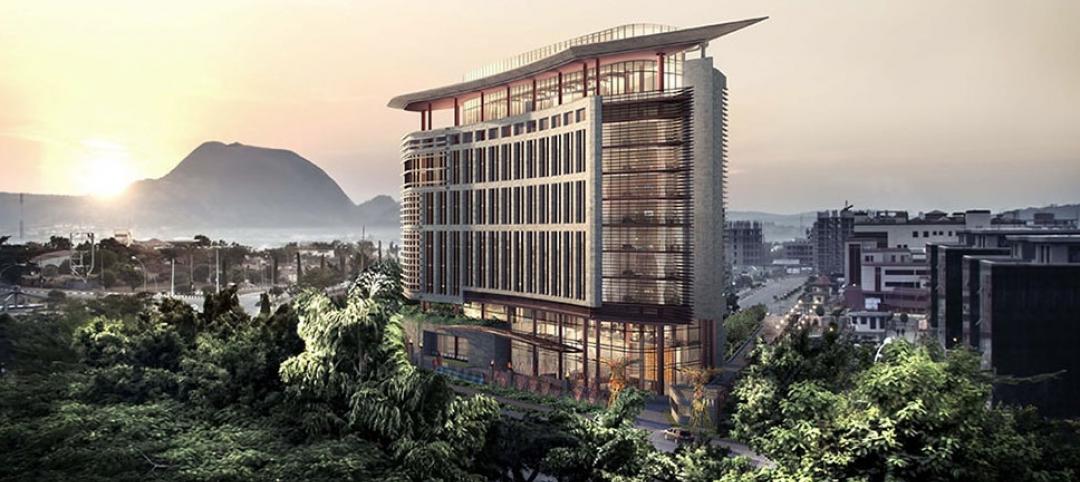America’s crumbling roads, decrepit bridges, aged water systems. Our deficient dams, underserved levees, and woeful wastewater treatment plants. For nearly three decades, the American public has heard ad nauseam about the dreadful condition of the nation’s infrastructure—from airports to railways to hazardous waste facilities.
Since 1988, the American Society of Civil Engineers, through its Infrastructure Report Card, has shone a spotlight on the alarming shortfall in funding and resources to operate, maintain, and modernize the country’s infrastructure network. ASCE’s latest report card, released in March, scores the nation’s overall infrastructure at a D+ (it’s never scored higher than C). The price tag to modernize the country’s infrastructure systems: a whopping $4.59 trillion over 10 years, more than triple the cost from the 2001 report.
Of the 16 infrastructure sectors that ASCE evaluates quadrennially, only one—K-12 schools—is buildings-focused. The trade group scored the nation’s 100,000 public school buildings at a collective D+, citing an annual investment shortfall of $38 billion to maintain and upgrade facilities and a backlog of necessary improvements (53% of schools require upgrades to reach “good” condition).
Left out of this ongoing national debate over infrastructure—and the trillions of dollars of public funding that is expected over the next few decades—are the nation’s other public buildings: the libraries, community centers, courthouses, community college buildings, affordable housing developments, and justice facilities.
These, too, are critical to the safety, security, and vibrancy of cities and communities. And as is the case with the nation’s public schools and major infrastructure sectors, these so-called “social infrastructure” buildings are being neglected, with years of deferred maintenance, patchwork repairs, dwindling CapEx and OpEx budgets, and even the weakening and repeal of building codes—especially those related to resiliency and sustainability.
Thrusting the nation’s social infrastructure into the spotlight has been a recent crusade of the leadership at the American Institute of Architects. AIA kicked off this initiative in November 2016 with a national poll of 2,108 U.S. adults to assess the importance of public buildings to their communities. The findings: more than 80% see public buildings as part of the nation’s infrastructure, and 94% agree that well-supported buildings are important to their communities (whether they’re willing to open their wallets to help fund such
efforts is another question).
AIA has had its share of controversy during the past 12 months, most notably the post-election statements that riled some of its members. But AIA leadership deserves a pat on the back for its efforts with this campaign. Let’s just hope their proclamation resonates with the nation’s policymakers.
Related Stories
| Jul 22, 2013
Top Office Sector Construction Firms [2013 Giants 300 Report]
Turner, Structure Tone, PCL top Building Design+Construction's 2013 ranking of the largest office sector contractors and construction management firms in the U.S.
| Jul 22, 2013
Top Office Sector Engineering Firms [2013 Giants 300 Report]
AECOM, Parsons Brinckerhoff, Jacobs top Building Design+Construction's 2013 ranking of the largest office sector engineering and engineering/architecture firms in the U.S.
| Jul 22, 2013
Top Office Sector Architecture Firms [2013 Giants 300 Report]
Gensler, HOK, Perkins+Will top Building Design+Construction's 2013 ranking of the largest office sector architecture and architecture/engineering firms in the U.S.
| Jul 22, 2013
Market gains encourage better workplace design [2013 Giants 300 Report]
The commercial office sector is finally heating up, led by corporate headquarter and medical office building projects.
| Jul 22, 2013
Top Hotel Construction Firms [2013 Giants 300 Report]
Manhattan Construction, Structure Tone, Lend Lease top Building Design+Construction's 2013 ranking of the largest hotel contractors and construction management firms in the U.S.
| Jul 22, 2013
Top Hotel Architecture Firms [2013 Giants 300 Report]
Gensler, WATG, HKS top Building Design+Construction's 2013 ranking of the largest hotel architecture and architecture/engineering firms in the U.S.
| Jul 22, 2013
Hotel business continues to shine [2013 Giants 300 Report]
Despite some economic stressors, hotel operating fundamentals are poised to remain strong in 2013.
| Jul 22, 2013
Transportation Facility Report [2013 Giants 300 Report]
Building Design+Construction's rankings of design and construction firms with the most revenue from airport terminals and other transportation-related facilities, as reported in the 2013 Giants 300 Report.
| Jul 22, 2013
Convention Center Report [2013 Giants 300 Report]
Building Design+Construction's rankings of design and construction firms with the most revenue from convention center projects, as reported in the 2013 Giants 300 Report.
| Jul 22, 2013
Cultural Facility Report [2013 Giants 300 Report]
Building Design+Construction's rankings of design and construction firms with the most revenue from cultural facility projects, as reported in the 2013 Giants 300 Report.













